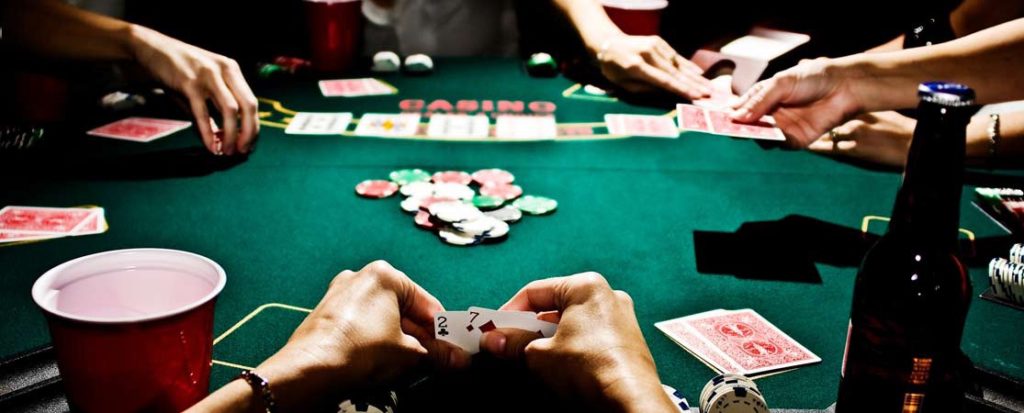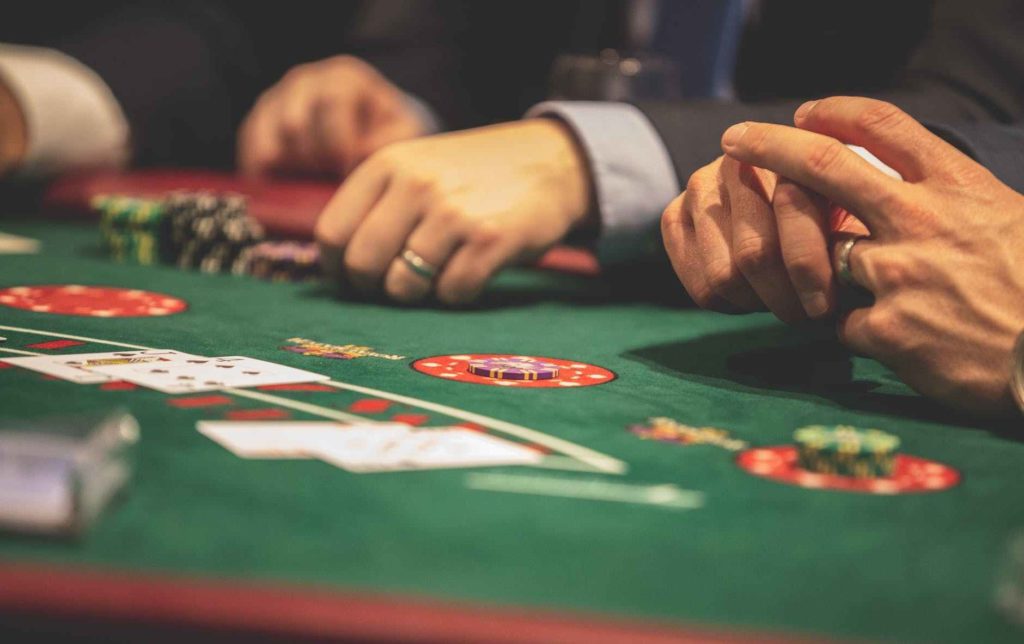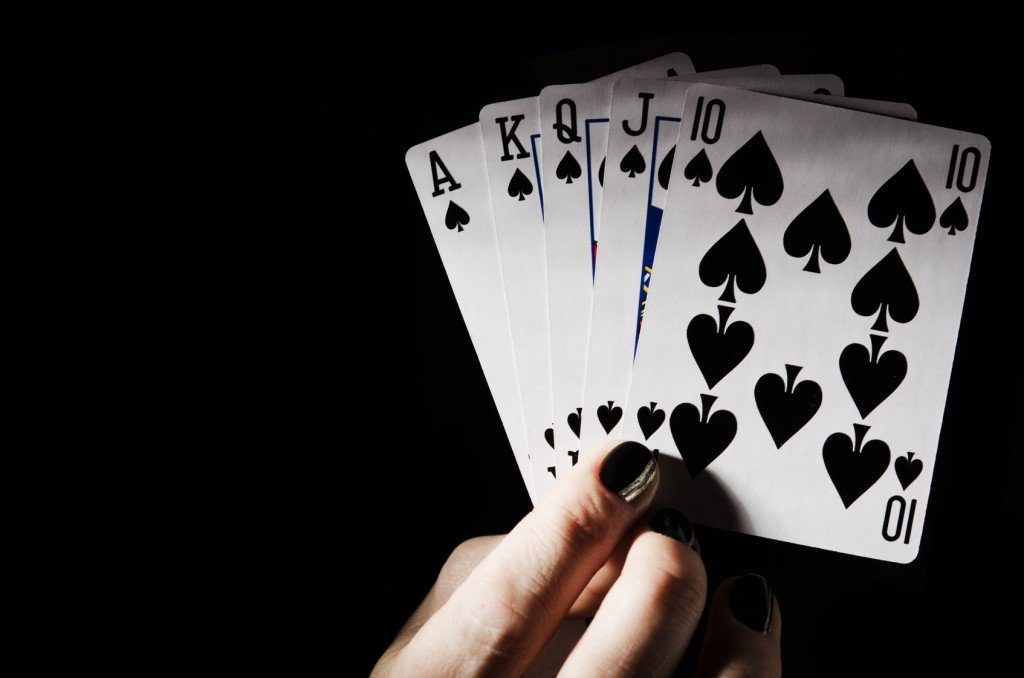Many players do not want to recognize a bluff in poker, considering that everything depends on the cards they have in their hands. Often, this tactic leads to the fact that in the long-term game, especially in tournaments, they are left without chips, even if they made the right bets in accordance with the strategy. Therefore, before you sit at the next table, it is worth exploring the basic ways to see even the most adept bluff.

The size of the bets – when the templates give a bluff
Most often, the bluff in online poker is recognized based on the size of the bets. Many players open several tables at once, including participating in parallel in two or even eight tournaments. As a result, many of their actions are dictated by a pattern that they do not violate. But if there is a weak card in the hands and there is an opportunity to squeeze everyone out of the bank, then they start making huge bets. Therefore, the main task is to timely detect such an opponent and reraise him, trying to crush him in response.
Decision time – bluff requires thinking
Determining a bluff also helps the speed at which a player bets. If you have strong cards on your hands that form an excellent combination with those on the table, then most often the chips are laid out instantly. Bluffing requires thinking about all the risks, so the player sits for a long time and does not take any action. But you shouldn’t rely only on this factor, as they often play at multiple tables online and at the moment the user can simply quickly process the excellent combinations in other tournaments or cash games.
Strange actions – illogical actions hide bluff
Recognize bluffs allow strange actions. For example, if a player previously behaved with restraint and on the river begins to aggressively bet, but no strong combination is formed on the table, then most likely he tries to confuse you and squeeze it out of the bank. It is necessary to keep in mind that masters of bluffs often use such a trick, forcing the opponent to go all-in, interrupting his cards with any of the strong combinations.
Types of players – the simplest psychology in action
This method does not help from the first seconds, but demonstrates excellent performance at long range. Follow the players and note several types of them:
- aggressive bluff lovers – they are ready to boast of successful deception of rivals by revealing their cards;
- discreet strategists who even bluff according to their tactics;
- unrestrained aggressive players – tilt, as this situation in poker is called, makes after a loss start to act too hard, betting with very weak hands.

Take notes on these players and you can perfectly control the situation at your table. You should also remember that you have always play only in some reliable casinos, like http://pin-up.casino.
Bluffing – how to unmask the enemy
Once at the table with the average player who does not sit like a robot without a shadow of emotion, you can easily get to his bluff, paying attention to:
- breathing – a bad card is often accompanied by shallow breathing, sometimes you can even notice pauses when the player does not even try to inhale for a while;
- hands – trembling hands, combined with breathing, allows you to determine the truth of the bluff. It is an involuntary shiver that gives out real emotions;
- facial expressions – here you should pay attention to the reflex actions, starting with biting the lips and ending with eyes running to the sides.
We read cards by breathing

It is much easier to determine a good card, because here there is an adrenaline rush from the feeling of victory at a distance of a couple of rounds of trading. The owner of a good combination most often immediately fills up with paint, begins to breathe often and complements it with hand tremors. So even if the player takes himself in hand and tries to keep calm with a pair of aces, it is better not to succumb to provocation.
